Our approach to infill
Sometimes while carrying out assessments of structures on the Historical Railways Estate, we may decide action needs to be taken as the structure’s condition is dangerous, or at risk of becoming dangerous.
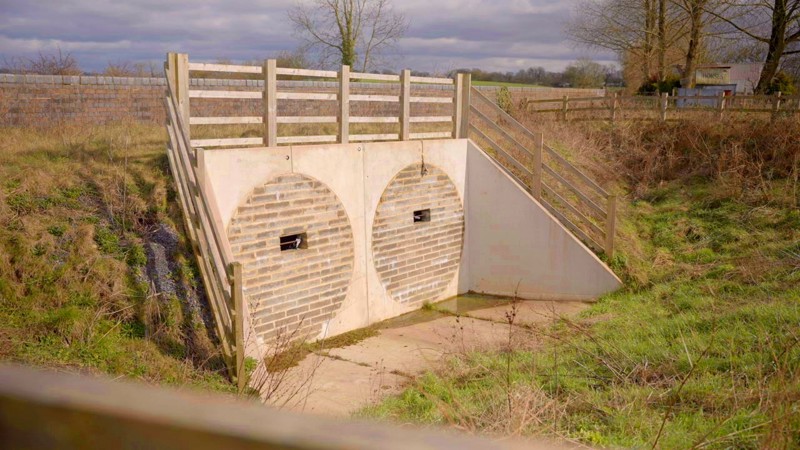
Where possible, we repair structures by strengthening them and make them safe. There may be occasions when we need to consider alternative approaches, including infilling a structure. We only do this as a last resort, where there’s no other practical option.
What is infilling?
Infilling is when we support a bridge by placing structural fill material under the whole of the arch to prop it up from underneath. The material is usually crushed stone, recycled building material and foamed concrete. This material is strong, supporting the structure to prevent further movement and keeping it, and the public, safe. Importantly the infill material does not bond with the bridge structure, so it's possible to remove it if a use for the area under the bridge is identified in the future.
What does infilling mean for a structure?
Infilling changes the nature of the structure from a bridge to an embankment. It typically includes several pipes that allow cross flow of water, so that any new embankments don’t trap water on one side.
This means that structures acting as or connecting to roads can keep carrying vehicles of all weights, and the appropriate highway authority won’t need to apply a weight restriction.
We used this approach on one of our bridges near Pwll-Glâs in North Wales, which was found to be considerably weakened (failing a capacity assessment in 2015). The bridge, which carries an unclassified road just off the A494, had to have a weight restriction imposed. This is done by the Highway Authority. Our infilling work restored the bridge to its full capacity, which meant that the seven-ton weight restriction could be removed, reducing any inconvenience to road users.
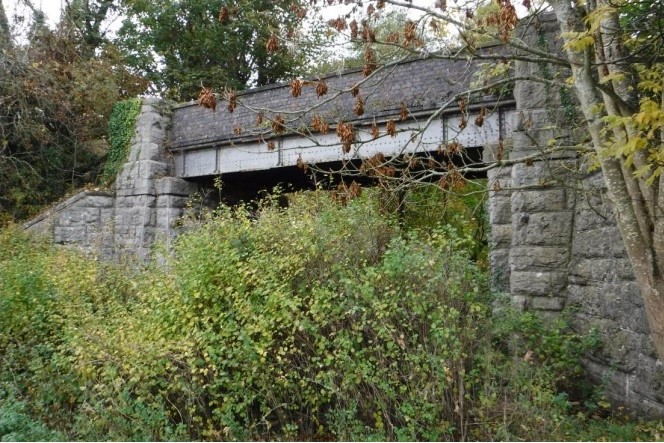
(Bridge near Pwll-Glâs before infill, 2015)
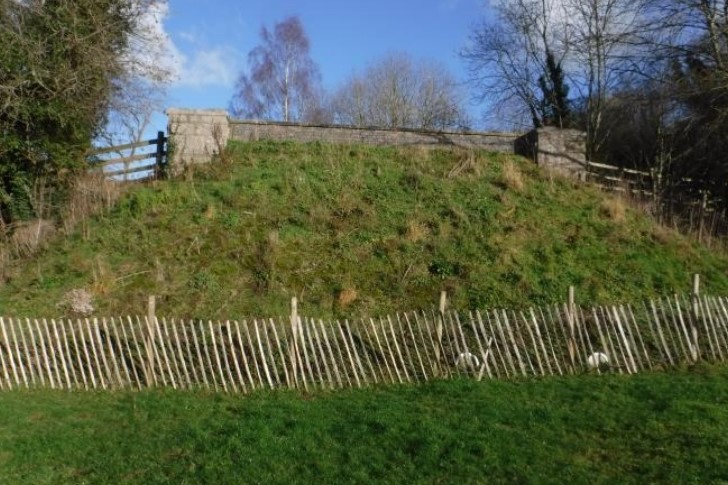
(East side of bridge after infill work, October 2016)
The Whinney Hill bridge in Cumbria had already been partially infilled by others in the past before we took over management of the Estate. In 2014, following an assessment, we noted the bridge was continuing to deteriorate, posing a risk to the public. We completed the infilling using crushed stone and recycled building materials, ensuring the road that runs over the bridge remained without a weight restriction. We added topsoil to the infill, and seeded this with grass, improving its appearance and making it more in keeping with its surroundings.
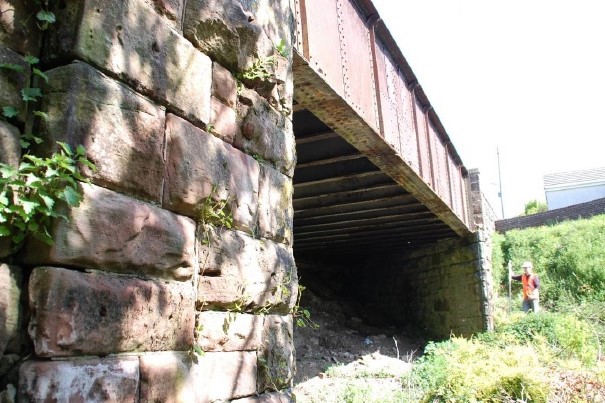
(View of Whinney Hill bridge showing existing back infill, 2012)
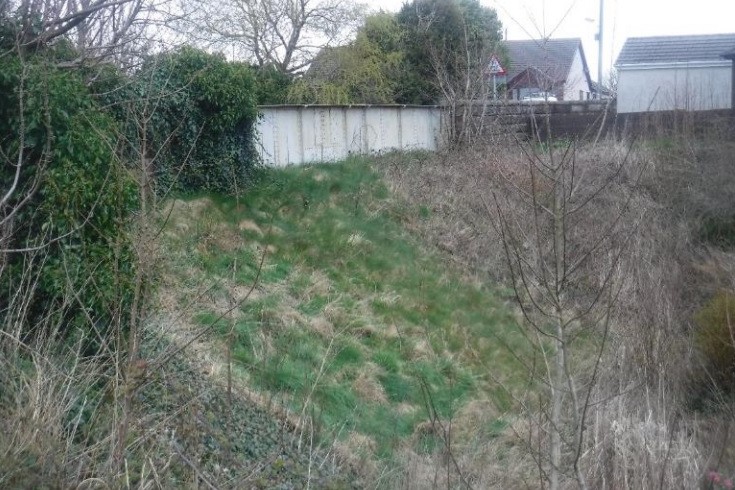
(View of bridge showing embankment created from infill, 2022)
In many instances we include wildlife corridors so that animals can continue to move through, and interact with, structures. We've also created features within the fill material to make sure that local wildlife can still use structures as habitats.
An example is Stump Cross Bridge near the town of Shepton Mallet in Somerset, consisting of three arches. The bridge had already been partially filled before we took over management of the Estate. The area under the bridge was also used for fly-tipping, creating difficulties in assessing the bridge safely, and we were concerned for its long-term use.
Ahead of infill work to strengthen the bridge we completed bat surveys, which highlighted that it was being used as a habitat. There are several caves and other locations near the structure where bats are known to hibernate. We worked with our contractors to develop an infill solution that would support future use by bats. We worked alongside ecologists to ensure that our work had no impact on the bats.
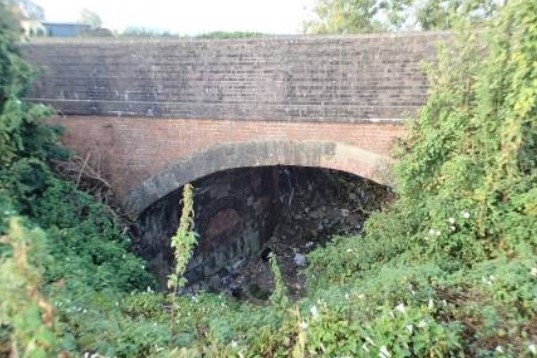
(Stump Cross Bridge in Somerset before infill works)
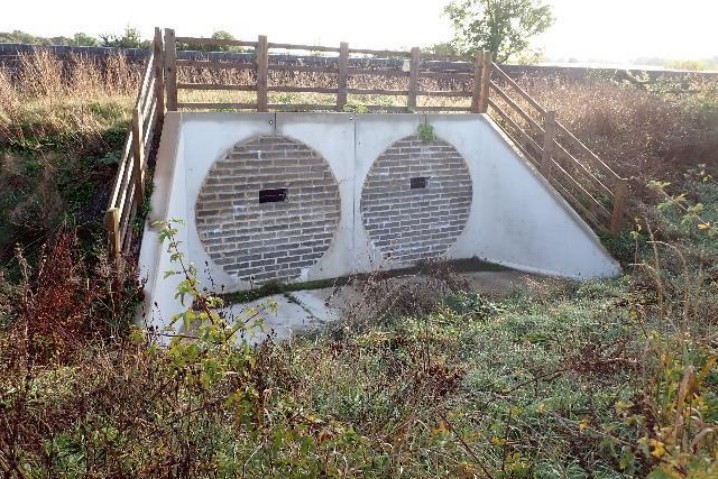
(Stump Cross Bridge in Somerset after infill works)
When do we decide to infill?
We'll only infill a structure if it's the only reasonable or feasible option. This is determined via a comprehensive review process involving our Stakeholder Advisory Forum (SAF), the Minister for Roads and the relevant planning authorities.
For any structure where infilling might be an appropriate option for consideration, we commission heritage assessments and ecological surveys, and consult with local interest groups to determine if there is any plan to use the structure in the future. These assessments are part of the evidence we present to the SAF every time we plan work, where one of the potential solutions is infilling. The SAF offers advice and constructive appraisals of the options, based on years of expertise – this means the process is guided by specialists from a broad range of fields.
Why choose infilling over repairs?
We only infill where there is no other feasible or practical option to repair, and it is in the public interest to do so.
In some cases, the type of structure, its condition and capacity challenges can mean that repair and strengthening will cost significantly more than infilling.
We manage the Historical Railways Estate in-line with what’s been set-out by the Department for Transport.
You can find out more about this and our ways of working in the Protocol Agreement document (page 14). Please note: As of January 2023, this document is currently under review to ensure it represents the current approach to the management of the Estate.
Who gives us permission to infill, and how?
Infilling which is not deemed by us to constitute urgent or emergency works generally requires planning permission, which we need to apply for from the Local Planning Authority – this is usually the local authority (usually a town, district, city, or borough council). The public can give their views during the process, or they can contact the local parish council, who we also consult.
In some circumstances, urgent work needs to be undertaken to prevent an emergency. In these cases, we complete the work to keep the public and structure safe. Under these circumstances we consult with the Local Planning Authority and highway authority to determine the best course of action.
Is infilling permanent?
We use a variety of different materials (specific to the context of the structure) that can include crushed stone, natural sand, gravel and foamed concrete.
These materials are strong – supporting structures to prevent further damage while keeping them in a safe condition. They can also be removed in the future, if required.
We also complete work in the most environmentally friendly way by using recycled materials that are available close to the site, thereby reducing transport related carbon.
How many structures have we infilled?
Of more than 3,100 structures and assets which form the Historical Railways Estate, owned by the Department for Transport, we have:
- fully infilled 38 structures to make them stronger and safer for the public to use, and
- completed the infill on 13 structures which had already been partially infilled by others to make them stronger and safer for the public to use.
